Groundbreaking Fossil Found That Is Neither Plant Nor Animal
About a billion years ago, a kind of unicellular organism came into existence. It’s not a plant or an animal, but it’s not bacteria or fungus. Known as Euglenids, these organisms are totally one of a kind.
And scientists realized about 12 years ago that many of the fossils they thought were worm eggs or fern spores are actually examples of Euglenids, and now, they know a great deal more about these unique organisms and evolution as a whole.
What Are Euglenids?
In order to understand the importance of this realization, it’s first crucial to know what exactly Euglenids are and why they are so interesting.
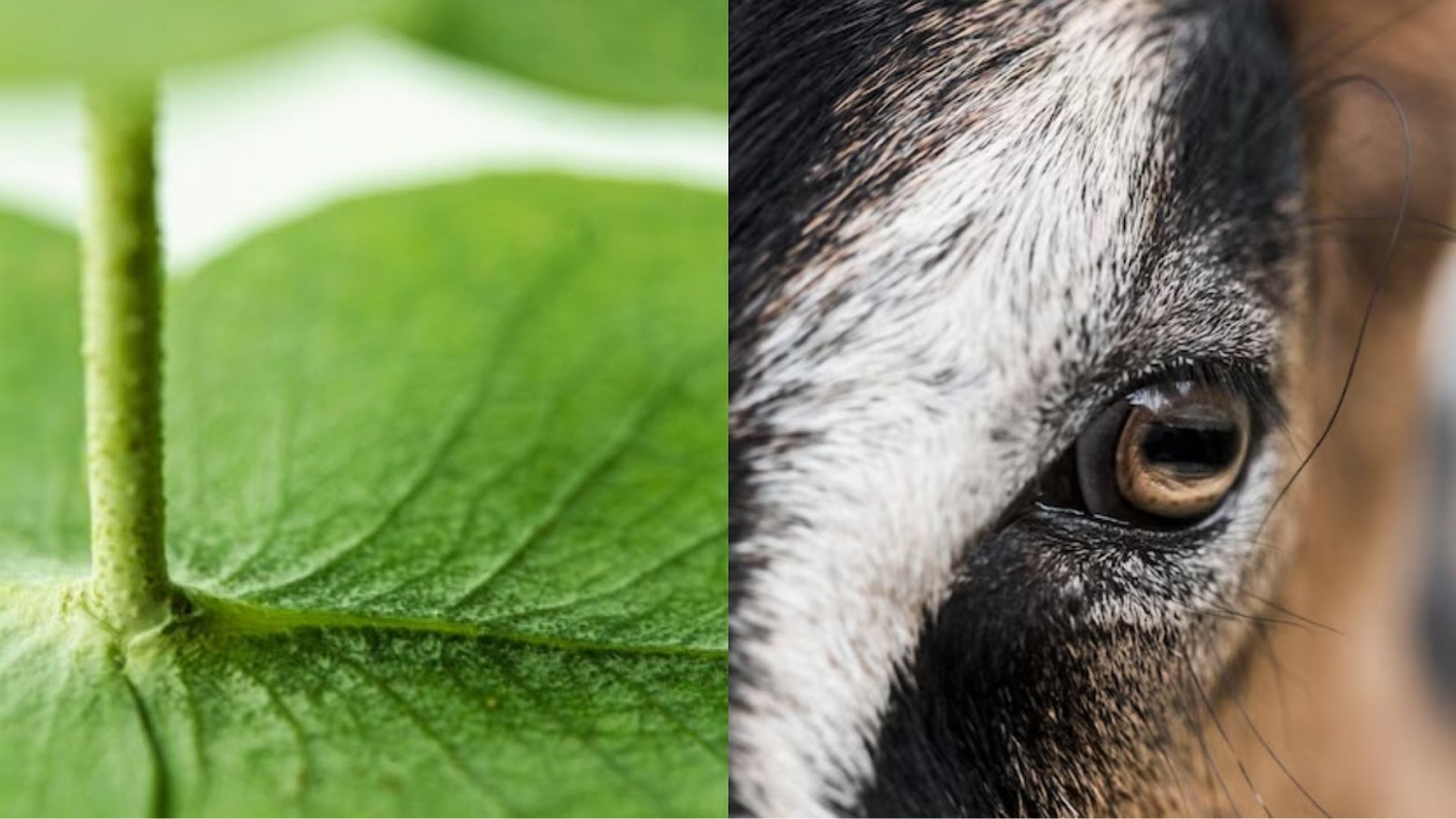
Source: Freepik
The vast majority of organisms on planet Earth can be divided into two categories: plants and animals. Others are considered bacteria or fungi, but Euglenids are none of these. Euglenids are flagellates found in freshwater, and they can both produce their own food through photosynthesis like plants and consume nutrition as animals do.
Euglenids Were Once Believed to Be Animals
In 1884, zoologist Otto Bütschli incorrectly identified Euglenids as animals, but once botanists realized they could divide and live via photosynthesis, they classified them as both animal and plant.
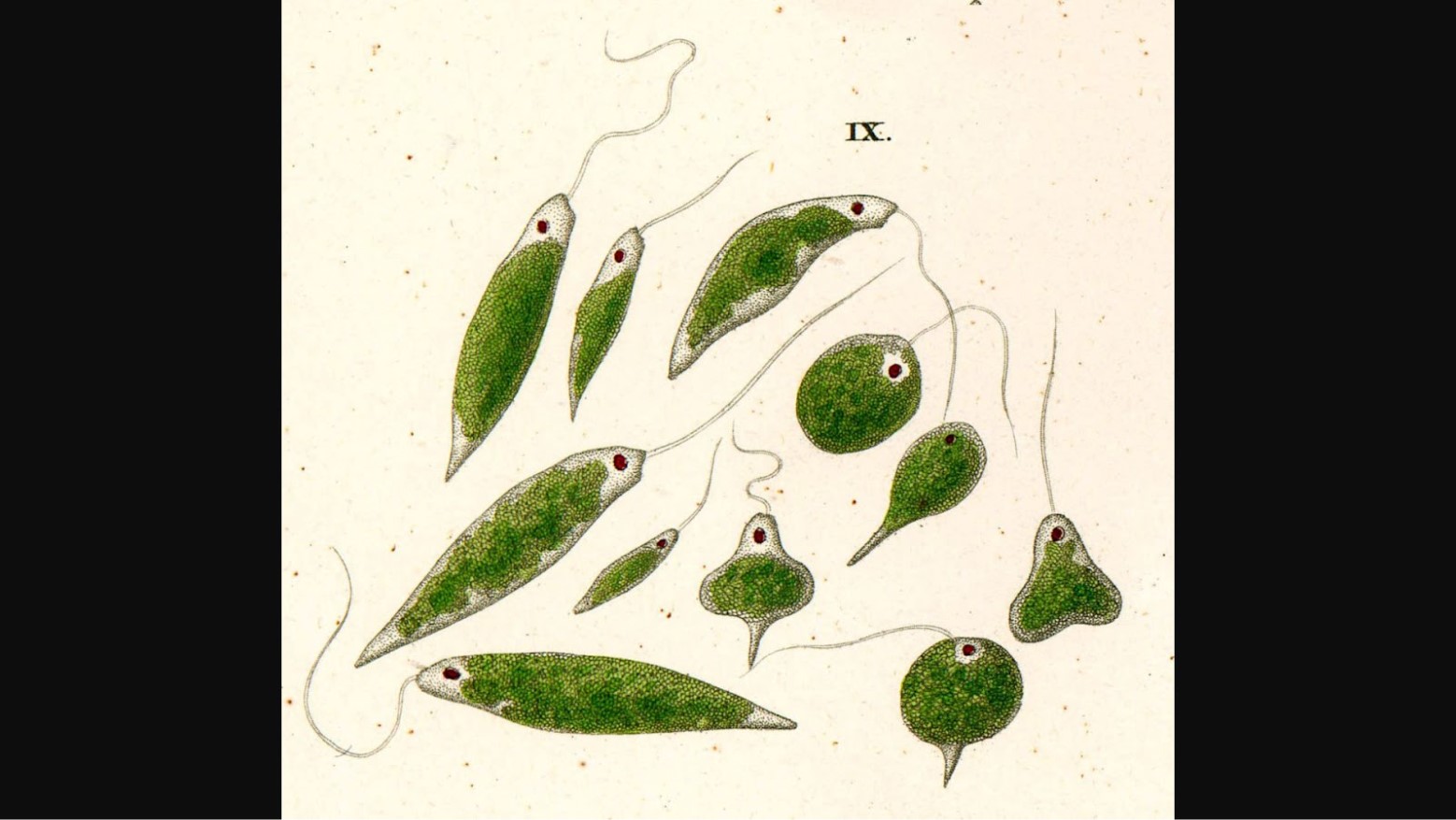
Source: Wikipedia
But today, scientists have realized that they are not plants and animals, but neither, as they are completely unique beings.
Ancient Fossils Are Often Misidentified
For thousands of years, humans have been studying fossils, or the remains or impressions of prehistoric organisms, found within the Earth’s surface.
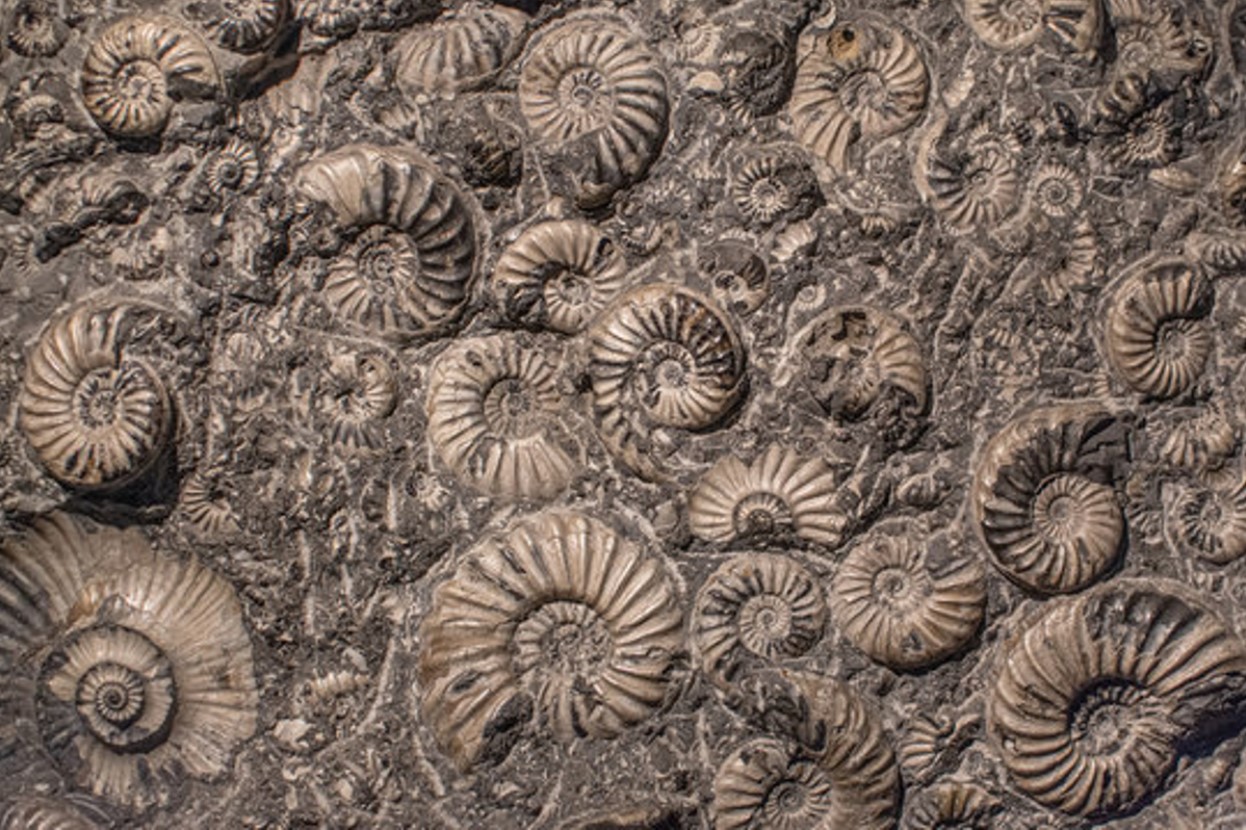
Source: Adobe Stock
Over the years, scientists have published their findings in scientific journals for later generations to study, and modern academics are constantly finding mistakes in the original assessment of these fossils. Which is exactly what has happened during a recent investigation of Euglenids fossils.
The Unknown Origins of Pseudoschizaea Fossils
There are hundreds of fossils that were recorded as possibly being worm eggs, algal cysts, or fern spores, but scientists couldn’t say for sure what they were.
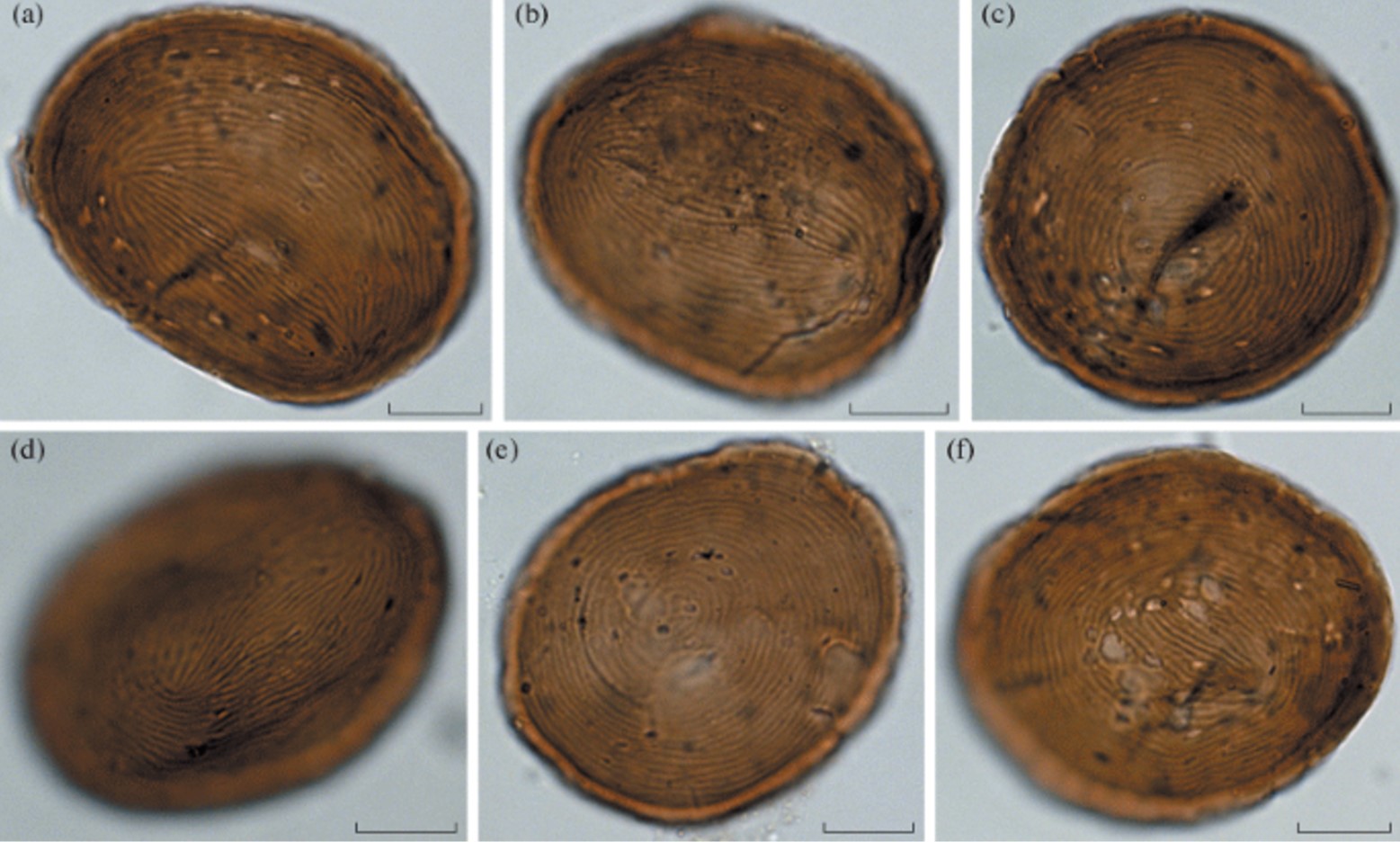
Source: Pseudoschizaea sp. from the Early Jurassic of Italy: Fine Structure and Comparison/SpringerLink
Because they weren’t certain of their origin, scientists named these confusing fossils Pseudoschizaea shells in 1962. And for decades, many have tried to figure out, exactly, what they were.
The Big Breakthrough
Then, in 2012, Bas van de Schootbrugge and Paul Strother, two paleontologists, were attempting to identify microfossils from 200 million years ago when they noted that they looked quite a bit like Euglenids.
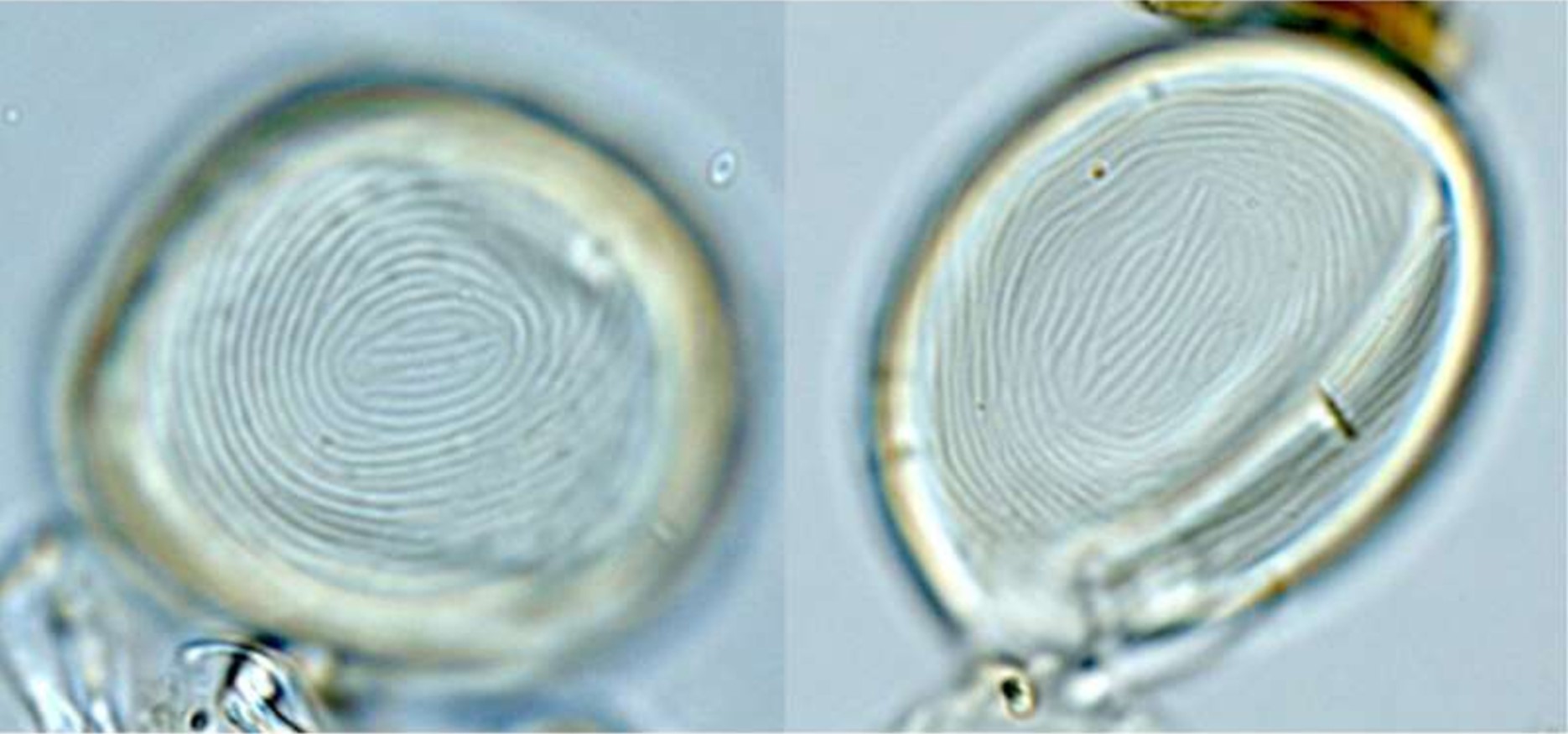
Source: Andreas Koutsodendris/Heidelberg University/Phys.org
The first thing they noted is that the fossils looked essentially like a thumbprint, which reminded them of the protective cyst the Euglenids wrap around themselves when experiencing stress.
Digging a Little Deeper
In order to figure out if they were correct in their hypothesis that those fossils were, in fact, Euglenids, they decided to comb through almost 500 publications of so-called Pseudoschizaea-like fossils.
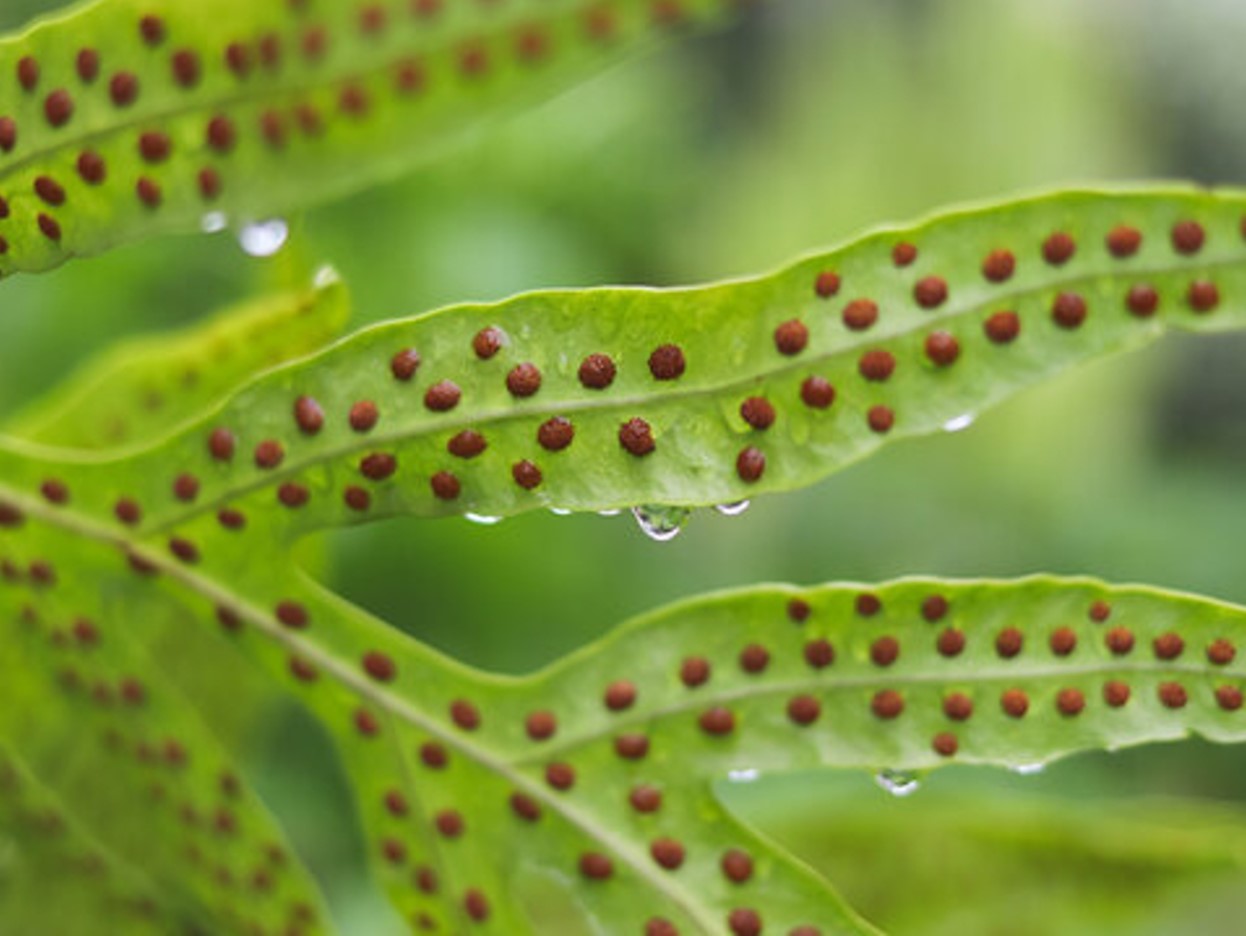
Source: Adobe Stock
This was an incredible project and took years as, for decades upon decades, scientists had been wrongly categorizing these fossils as plant spores and abstract shells.
Using a Microscope to Identify Possible Euglenid Fossils
The team of paleontologists used incredibly specific microscopic techniques to analyze the internal structure of the fossils in question.
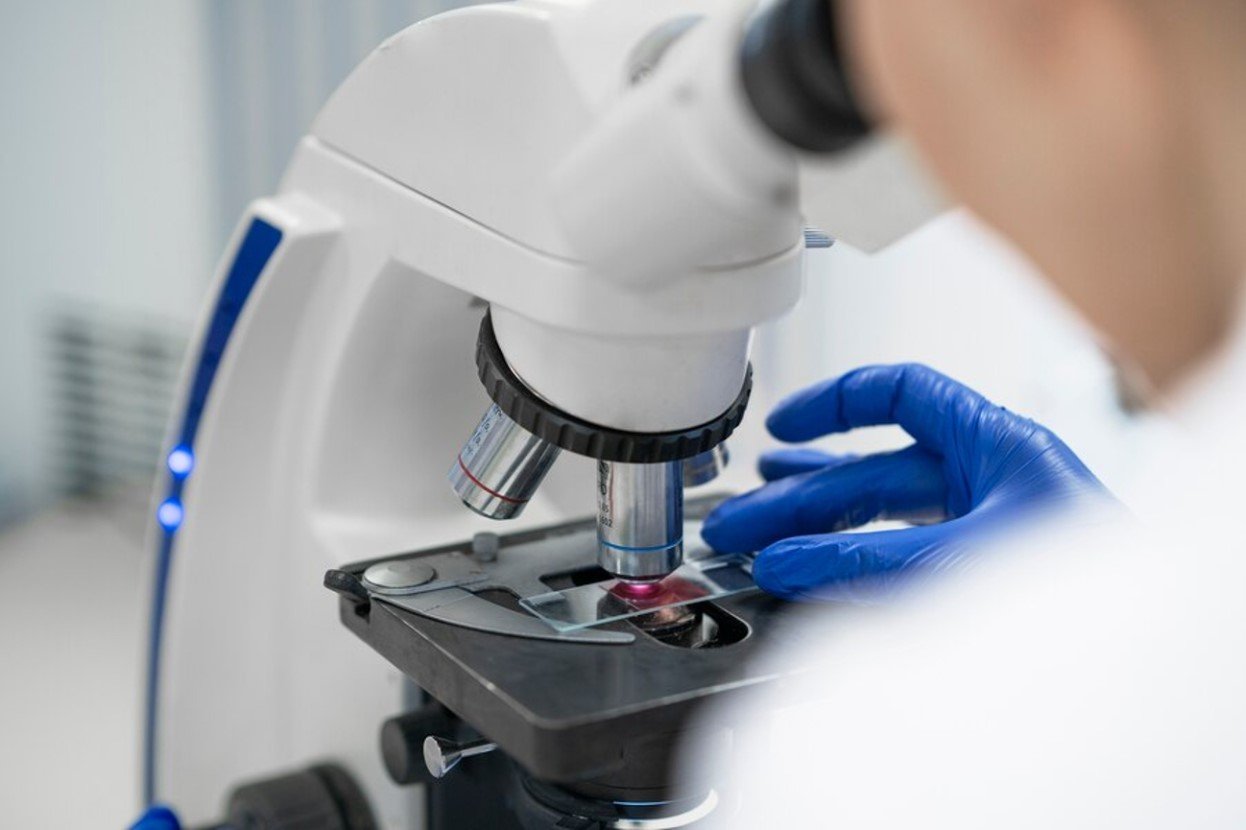
Source: Freepik
And they noticed that they didn’t look anything like the plants or animals that they were identified as. Wilson Taylor for the University of Wisconsin explained, “The structure of the wall does not resemble anything that is known. The ribs are not ornaments, like in pollen and spores, but part of the wall structure. The layered structure of the walls is also clearly different from many other fresh-water green algae.”
Trying to Prove Their Theory
At that point, they strongly believed the fossils were Euglenids that had been encysted before dying. However, they found it nearly impossible to prove this theory, as they couldn’t get Euglenids to create the wrap-around cyst in a lab.
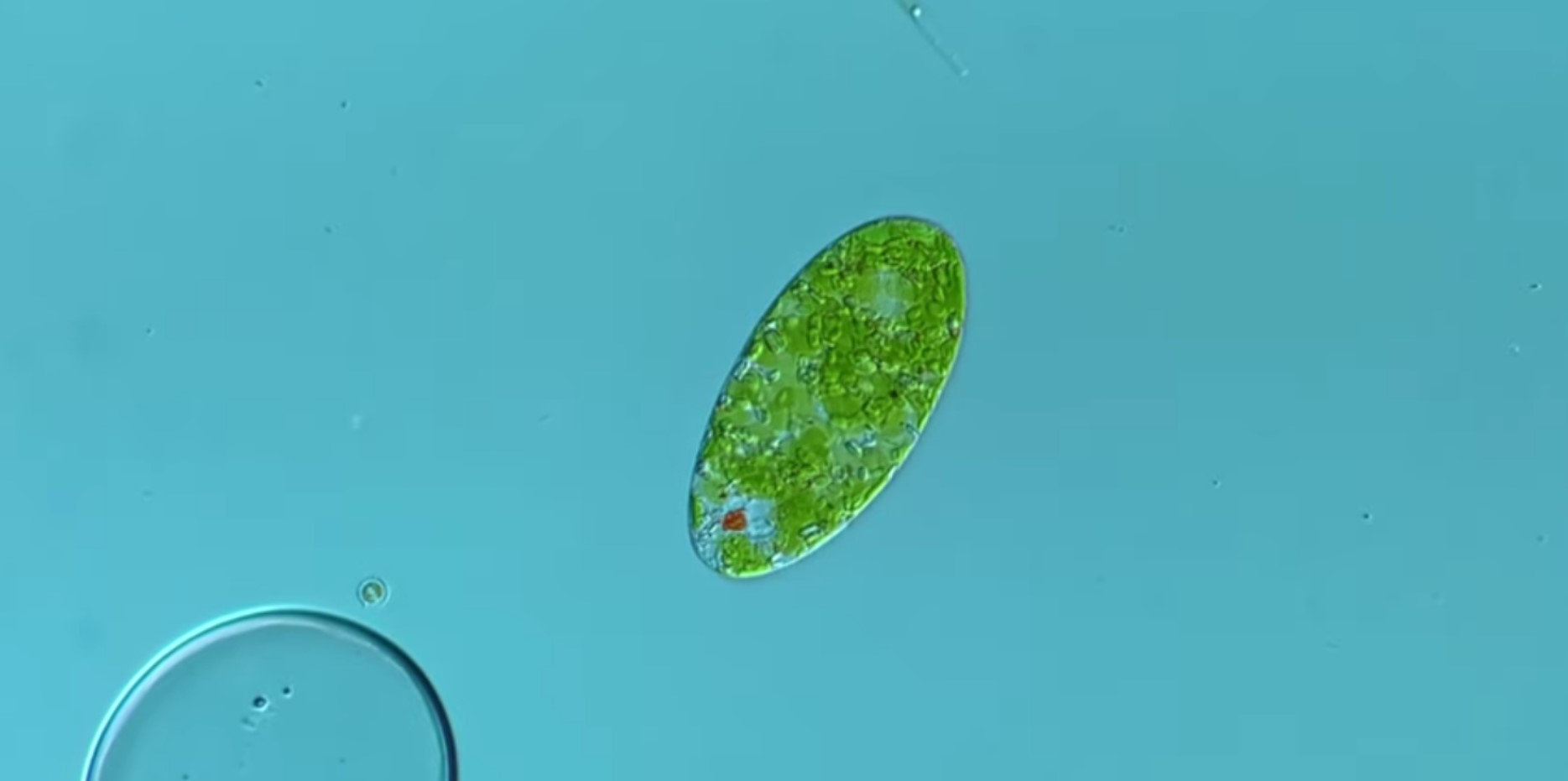
Source: ProtistLabFilms/YouTube
Then, something amazing happened: Microscopy enthusiast Fabian Weston made a YouTube video that showed exactly what they were looking for – an encysting Euglenid.
The Evidence They Were Looking For
Strother, one of the lead paleontologists on the project, explained, “Unwittingly, Fabian provided a key piece of evidence. He is probably the only person on the planet to have witnessed Euglena encyst under a microscope.”
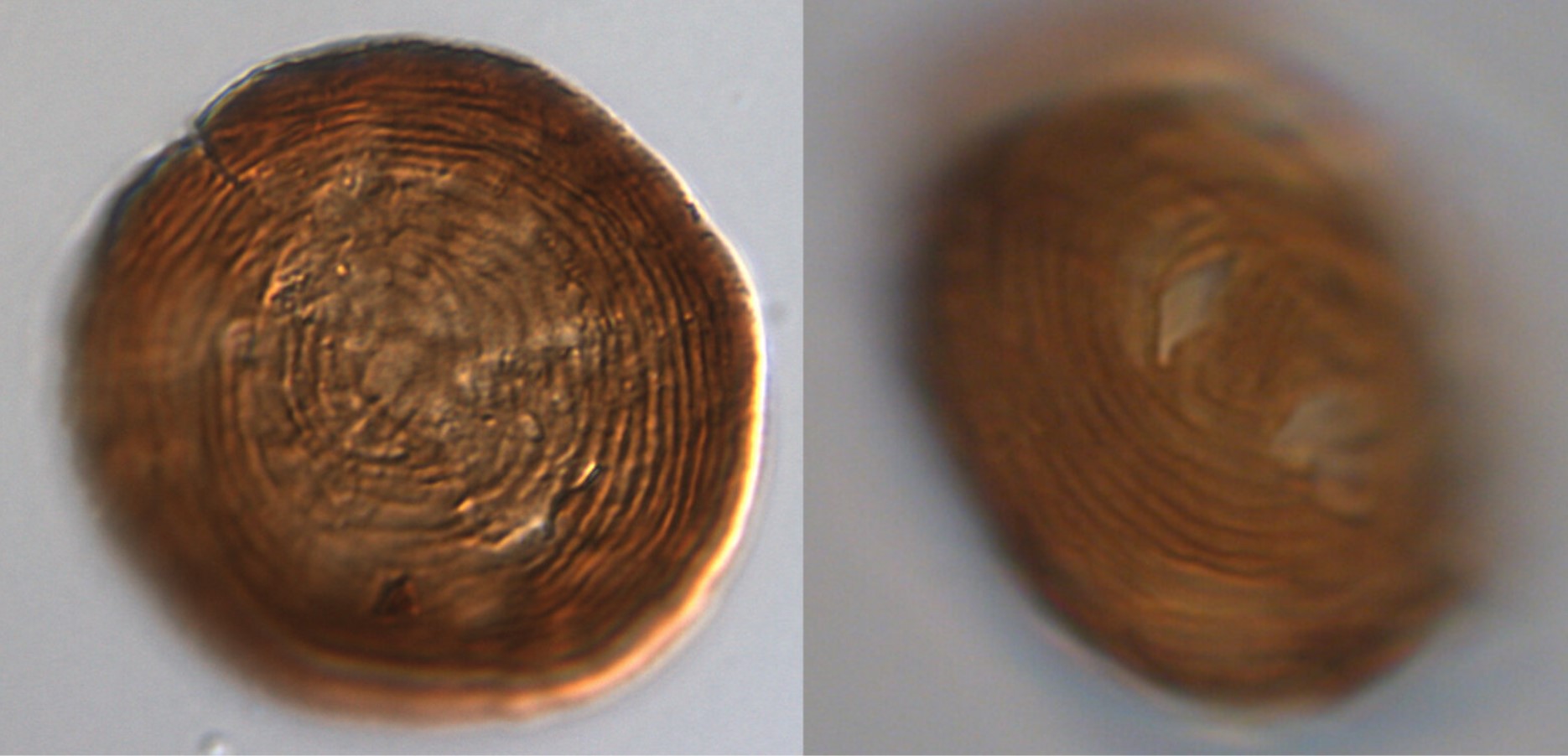
Source: Bas van de Schootbrugge/ Utrecht Universit/Phys.org
And thanks to that evidence, the team was able to finally confirm that many of the supposed Pseudoschizaea-like fossils were actually encysted Euglenids, as they suspected.
This Discovery Can Shed Incredible Light on the History of the World
While the discovery in and of itself is wildly exciting for scientists, it is also groundbreaking in regard to the larger understanding of the long history of our planet.
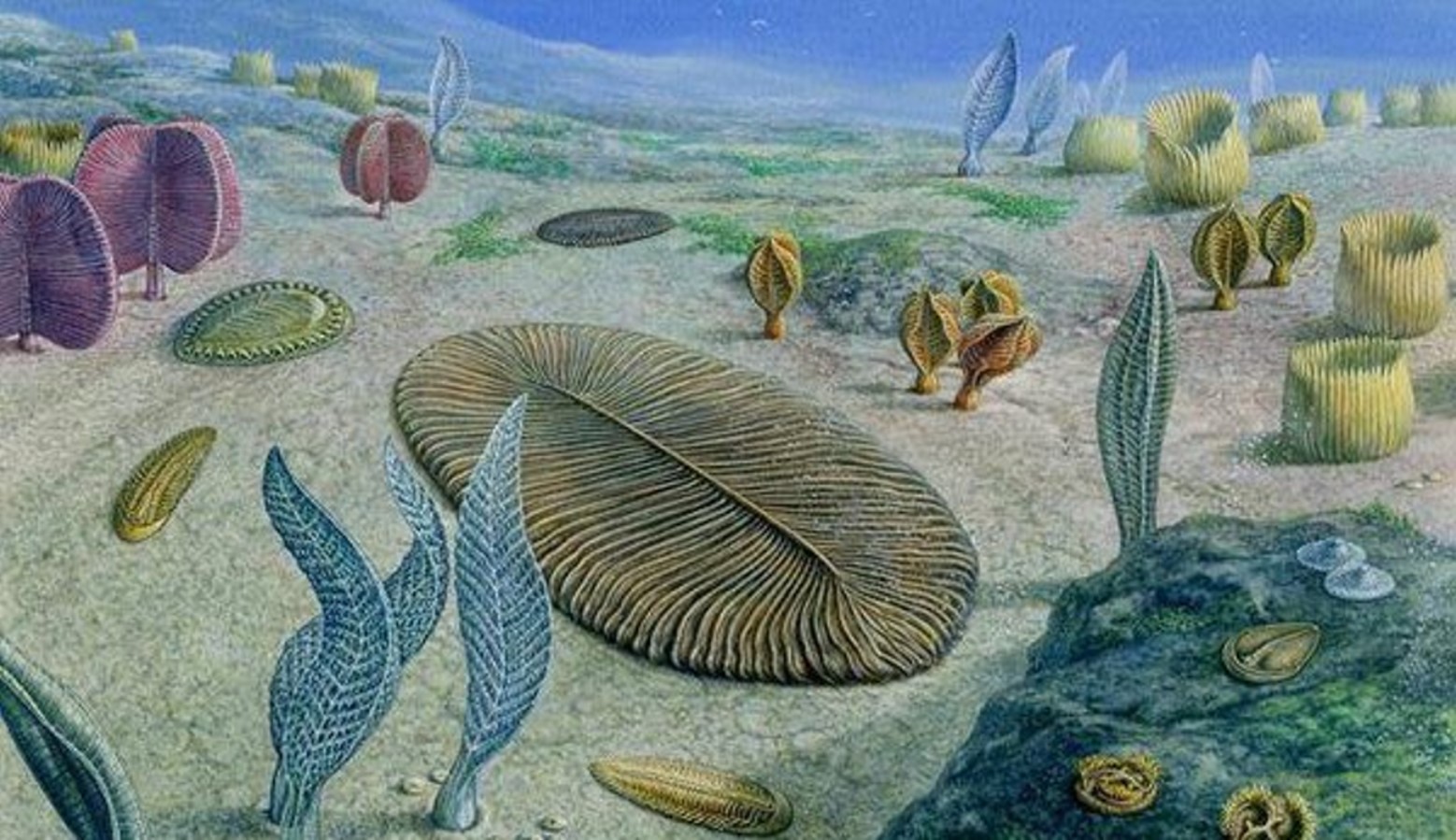
Source: Quora
Strother said that this revelation will allow current and future scientists to better identify microfossils, and they can also use the new technique to assess more ancient findings, such as those that “go back to the very root of the eukaryotic tree of life.”
“These Tiny Creates Have Weathered It All”
Euglenids are some of the oldest organisms on the planet, having lived for more than 1 billion years. And now that they understand how they encyst and how they fossilize, scientists believe they can learn a great deal more about life.

Source: ProtistLabFilms/YouTube
As Van de Schootbrugge, another paleontologist on the team, explained, “Unlike the behemoths that were done in by volcanoes and asteroids, these tiny creatures have weathered it all.”
